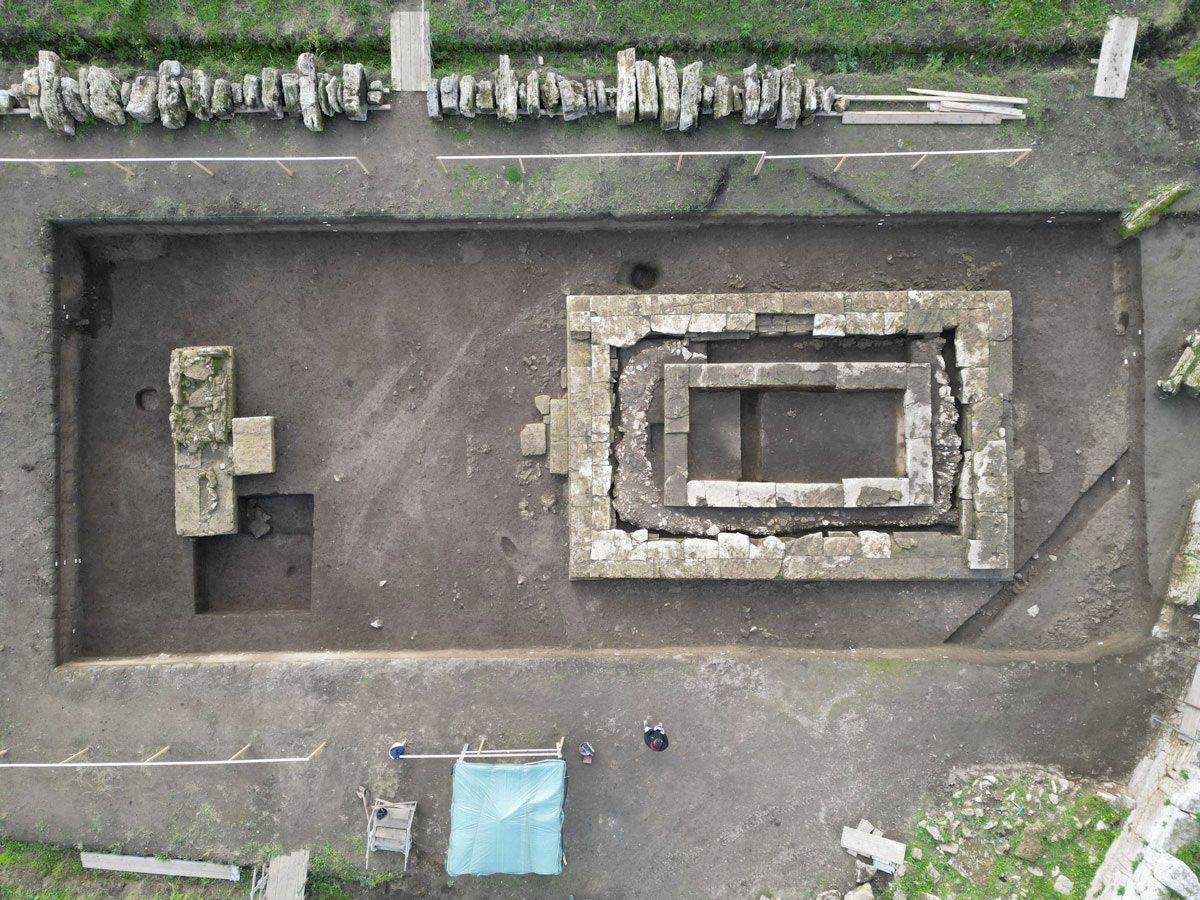Archaeologists conducting excavations in the ancient city of Poseidonia have uncovered two temples built in the Doric style.
Poseidonia was founded as a Greek colony around 600 BC in the present-day Province of Salerno, Campania, Italy.
The city emerged as a major religious centre, as indicated by the construction of three expansive temples (dedicated to Hera and Athena) in the Archaic interpretation of the Greek Doric order, dating back to approximately 550-450 BC.
During the 3rd century BC, Poseidonia was annexed by the expanding Roman Republic following the Pyrrhic War, who renamed the city to Paestum and established a Latin colony.
– Advertisement –
In a press announcement issued by the Italian Ministry of Culture, archaeologists have uncovered two previously unknown Doric style temples during an examination of the western section of Poseidonia in close proximity to the ancient city walls.

Dating back to the early 5th century BC, one of the temples retains well-preserved architectural remnants of the stylobate, the stepped platform supporting the columns that held up the temple roof.
The stylobate measures 11.5 x 7.6 metres in size, with visible features such as the four-sided peristatis columns that surrounded the inner sanctuary known as the cella. Typically, the cella would house a cult image or statue representing the specific deity revered in the temple.
Excavations also found fragmentary remnants of the temple column capitals that are comparable to the Doric capitals at Poseidonia’s Temple of Hera, the oldest surviving temple in the city in dedication to the goddess Hera.
Archaeologists have also found traces of a second temple at the same location which predates the temple described above. According to the researchers, this temple likely collapsed during the 6th century BC, with architectural features and stonework being recycled into the new temple structure.
“The recent discoveries confirm that there is still a lot to do in Paestum [Poseidonia] in terms of excavations, research, and also in terms of valorisation. After decades of research, the Ministry of Culture is giving impetus to notable initiatives”, said the Minister of Culture, Gennaro Sangiuliano.
Header Image Credit : Italian Ministry of Culture
– Advertisement –

